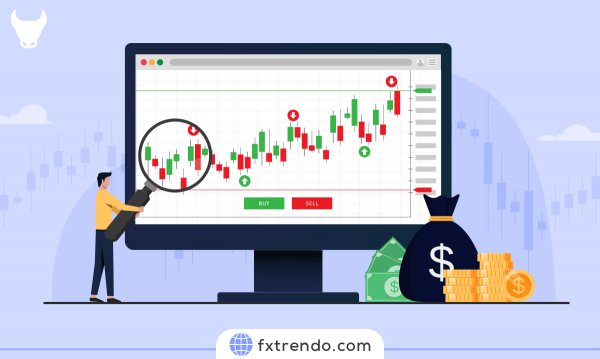News Blast
Your daily source for breaking news and insightful articles.
Currency Conundrums: Navigating the Forex Jungle
Unlock the secrets of Forex trading! Join us in Currency Conundrums to conquer the complexities and thrive in the financial jungle.
Understanding Currency Pairs: How to Make Sense of Forex Quotes
Understanding currency pairs is essential for anyone venturing into the Forex market. In Forex trading, currencies are quoted in pairs, indicating how much of the second currency is needed to purchase one unit of the first currency. For instance, in the currency pair EUR/USD, the euro (EUR) is the base currency, while the US dollar (USD) is the quote currency. If the EUR/USD quote is 1.20, it means that 1 euro can be exchanged for 1.20 US dollars. Understanding this fundamental concept helps traders analyze price movements and make informed trading decisions.
Currency pairs are typically categorized into three types: major pairs, minor pairs, and exotic pairs. Major pairs involve the most traded currencies, such as USD/JPY or GBP/USD, and tend to have the highest liquidity and lower spreads. Minor pairs, like AUD/NZD, don’t include the US dollar and are less traded, possibly resulting in higher volatility. Exotic pairs consist of a major currency paired with a currency from a developing economy, like USD/TRY (Turkish Lira), which may exhibit wider spreads and less predictability. Recognizing these distinctions assists traders in choosing the right pairs based on their risk tolerance and market strategy.

Top 5 Common Forex Trading Mistakes and How to Avoid Them
Forex trading can be a lucrative venture, but many traders fall victim to common mistakes that hinder their success. Here are the Top 5 Common Forex Trading Mistakes:
- Overleveraging: Many new traders use high leverage to maximize their profits, but this can lead to significant losses. It's crucial to understand how leverage works and to use it responsibly.
- Lack of a Trading Plan: Trading without a strategy is a recipe for failure. A well-defined trading plan outlines your goals, risk tolerance, and specific entry and exit points.
Continuing with the Top 5 Common Forex Trading Mistakes, mistakes like emotional trading and ignoring market analysis can undermine your efforts:
- Emotional Trading: Allowing emotions to drive trading decisions can lead to impulsive actions and erratic results. Staying disciplined and sticking to your plan can help mitigate this.
- Ignoring Market Analysis: Failing to conduct thorough market analysis can result in missed opportunities. Always utilize both technical and fundamental analysis to inform your trading decisions.
- Neglecting to Keep a Trading Journal: Keeping a detailed record of your trades helps identify patterns and areas for improvement, which is essential for long-term success.
What Factors Influence Exchange Rates? A Comprehensive Guide
Exchange rates are influenced by a myriad of factors that can shift rapidly, making currency valuation a complex phenomenon. Interest rates play a crucial role; when a country's interest rates rise, it attracts foreign capital seeking higher returns, which can lead to an appreciation of its currency. Additionally, economic indicators such as GDP growth, employment rates, and inflation can affect investor confidence and currency strength. When a nation shows robust economic performance, the demand for its currency typically increases, thereby raising its exchange rate.
Political stability and economic performance are also significant factors influencing exchange rates. Countries with stable governments and strong economies tend to have stronger currencies, as they attract foreign investment. In contrast, political turmoil can result in decreased confidence and lead to a depreciation of a currency. Lastly, market speculation can create fluctuations in exchange rates, as traders react to news and trends, further complicating the currency market landscape.